- Blog
- Is Stretching Before or After Working Out Better?
- June 23, 2021 |
- Personal Training | Strength Training | General Health and Wellness | Muscle Recovery
Is Stretching Before or After Working Out Better?
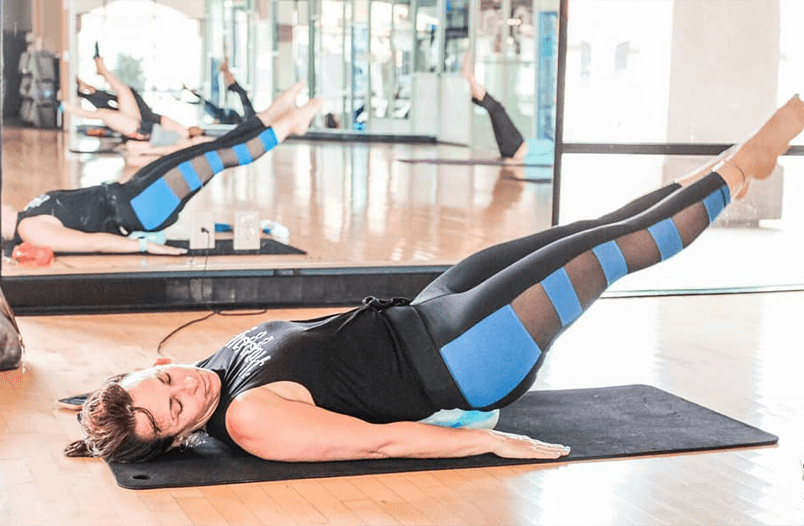
What is the best time to stretch?
There are two different schools of thought about stretching. Some people believe that you should never stretch before a workout because it will loosen
up your muscles and make them weaker during exercise.
Others say that stretching before a workout will help increase blood flow, keep your muscles from tightening, and decrease muscle soreness afterward. Which theory is correct?
The answer may surprise you!
Keep reading to learn more on how stretching after a workout is more effective than stretching before a workout for increasing flexibility and reducing delayed onset muscle soreness!
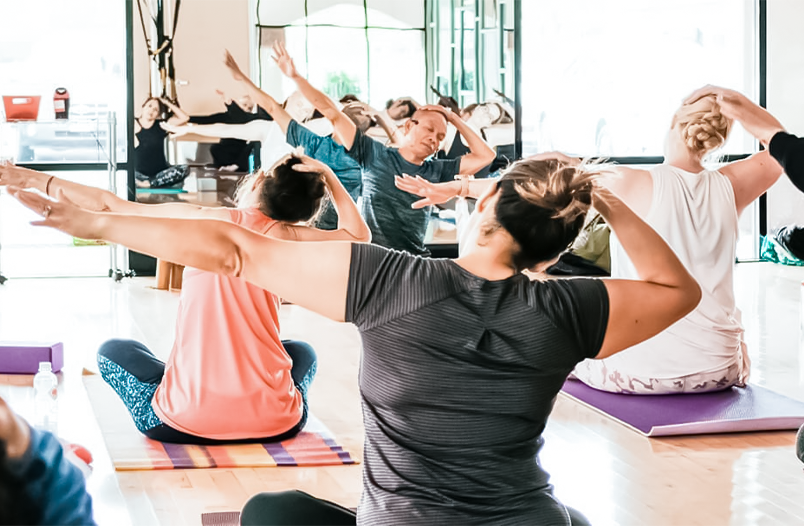 Why Do We Stretch?
Why Do We Stretch?
When we stretch we have a higher chance of feeling better after a workout. It helps with muscle soreness and increases flexibility. It also helps you lengthen your muscles to improve performance.
Few benefits of stretching include:
- Reduced delayed onset muscle soreness following a workout.
- Increased blood flow, which helps to deliver more nutrients and oxygen to your muscles after exercise.
- Reduced risk of injury by increasing flexibility in the joints and connective tissues surrounding the joint.
- Improves your posture by releasing tightness in the back and neck.
- Improves your range of motion for everyday activities because you can move through a greater range of motion.
Stretching Before or After a Workout
This has been an argument for many years in the fitness world. Some people argue that stretching before a workout will increase your performance and agility, whereas others say it's best to stretch after a workout because of the increased flexibility.
People who advocate for before workouts say that loosening up muscles can prevent injury when you are working them as well as increasing blood flow by warming up your muscles before starting to work them.
On the other hand, after a workout is great for speeding up recovery time and reducing muscle soreness that can happen from lifting weights or running long distances as well as being able to stretch through more range of motion which will help you with everyday tasks.
Some people will benefit before their workouts for flexibility and range of motion while most will benefit after to speed up muscle recovery. The best time to stretch depends on your personal preference and what you are doing for your workout whether it's yoga, running, or weightlifting
.
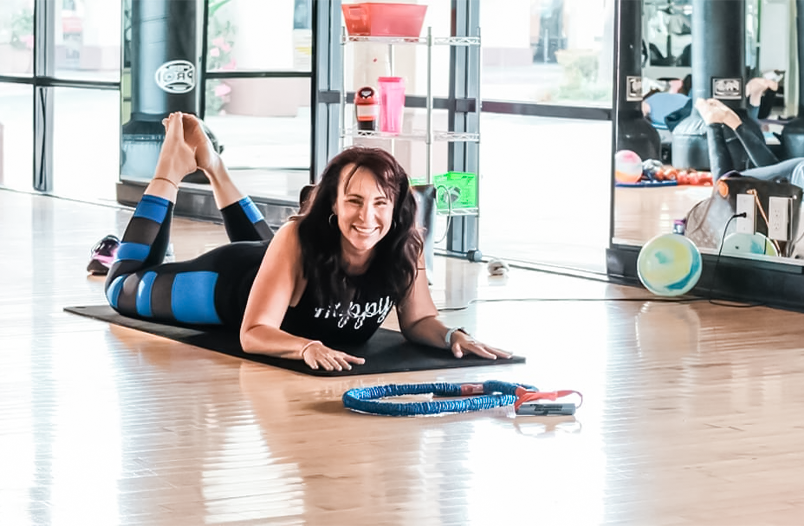 Stretching for Resistance Training:
Stretching for Resistance Training:
It's best to stretch after weightlifting to reduce muscle soreness and speed up recovery time.
Before weightlifting, instead of performing static hold stretches, we recommend doing sport-specific warm-ups. For example, If you're going to do lower body exercises like squats, you'll benefit more from performing bodyweight squats
The main goal of resistance training is to shorten our muscle fibers. Therefore, performing a static stretch interferes with the process and can lead to injuries such as pulled muscles.
Doing a post resistance training stretch will help to increase circulation, speed up your recovery time, and help reduce future muscle soreness.
Stretching for Cardiovascular Training:
For cardio training such as running, it's best to stretch before your workout. But, a proper warm-up should be done before stretching for your muscles to loosen up and make it easier to stretch and have more range of motion.
A good warm-up for cardio training is walking or jogging, followed by a dynamic stretching routine.
Dynamic stretching or slow movement stretches involves moving the muscle through its full range of motion. For dynamic stretches, you'll be using similar movement patterns as your cardio training.
Examples of Dynamic Stretches Before Cardio Training:
Leg Swings
Stand with your feet shoulder-width apart. Swing each leg back and forth, reaching down as far as possible without moving the hips forward or backward. This stretch is good for lengthening the hamstrings and hip flexors while improving balance.
High Knees
Stand with your feet shoulder-width apart. Lift one knee toward the chest and swing it back down to the starting position, alternating legs. This stretch is good for improving hip flexors and gluteus muscles in runners' lower bodies while strengthening ankles and calf muscles.
Skips
Stand with your feet shoulder-width apart and lower into a squatting position. Move one leg forward and back in front of the other, alternating legs. This stretch is good for improving hip flexors, gluteus muscles, and lower body muscles while strengthening calves, ankles, hips, hamstrings, quadriceps, and some upper body muscles.
The Best Time To Stretch Is After A Workout
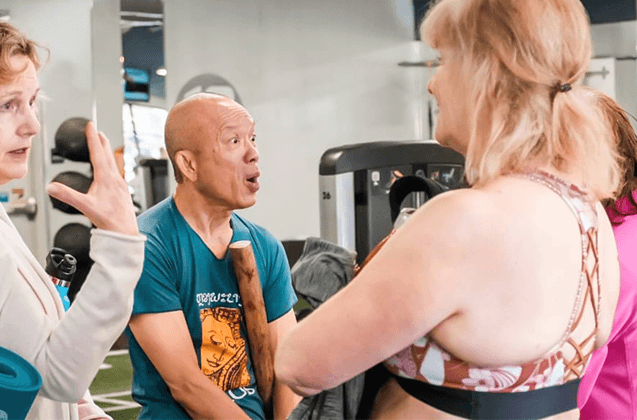
When we work out we shorten and tighten our muscles and since the main purpose of stretching is to increase the length of our muscles, it'll be more effective to stretch after your workout.
After a workout, you need to stretch the muscle groups that you are actively working on during the exercise. This will help prevent soreness or injury for future workouts because it increases blood flow and circulation so that waste products can be cleared away from these areas more easily.
It is important to note that before and after your workout, you should always have a warm-up and a cool-down period to make sure that you are not cold or too hot which can impact the effectiveness of stretching.
Read more on How to Improve Muscle Recovery and Performance with Stretching
Tips on Proper Stretching Techniques
- To start, it is important to warm up your body before stretching.
- It's important to stretch both sides of your body to eventually get the most benefit.
- Keep your body in a comfortable and stable position. You also need to take time to breathe properly during the process of stretching.
- It’s important to not force your stretches too much; don't push yourself beyond what feels comfortable.
- When you are stretching, move slowly and in a controlled manner.
- Hold each stretch for at least 30 seconds.
- During stretches, engage in deep breathing. This will allow you to relax your body, making the stretch more effective.
- Try not to bounce or overstretch too far unless you're doing ballistic stretches.
- Apply slow and focused movements through a particular muscle group until you feel it relaxing.
- Avoid making sudden movements while stretching
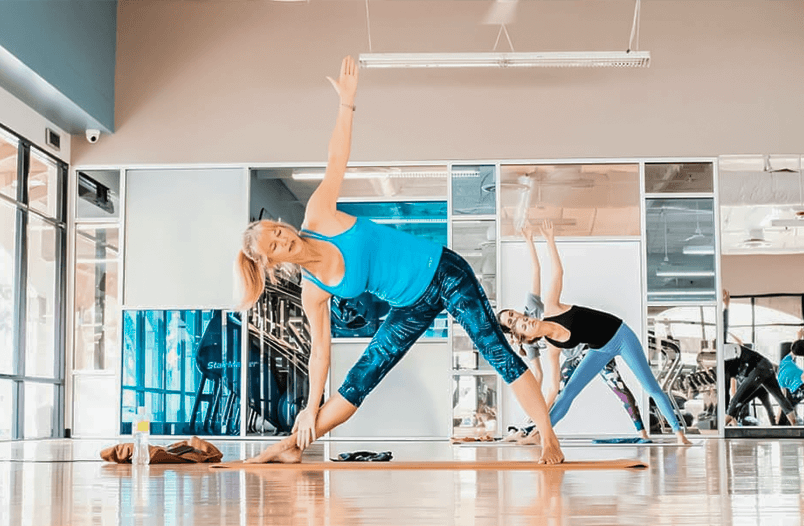 Conclusion
Conclusion
Although there are also benefits to stretching before a workout if done properly the optimal time to stretch is after a workout. Stretching before a workout can make your muscles looser and warm up the body, however, stretching after accomplishes both of those benefits while also increasing blood flow which helps with muscle recovery from either an intense or light workout.
The best time to stretch is after a workout. This will help loosen up your muscles and keep them from tightening during exercise, which can lead to muscle soreness afterward.
The other theory says that stretching before exercising loosens up the muscles too much and makes it less strong for the workout, but this isn't necessarily true as long as you do the proper type of stretches and don’t stretch so hard that you pull or tear anything!
Get a Free 3-Day Gym Pass!
No commitment is necessary.